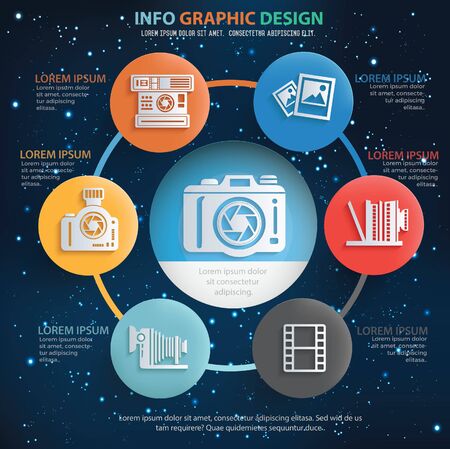Transform Your Photography By Understanding Lights Strategies That Can Raise Your Pictures-- Uncover The Typical Challenges That Could Be Holding You Back
Transform Your Photography By Understanding Lights Strategies That Can Raise Your Pictures-- Uncover The Typical Challenges That Could Be Holding You Back
Blog Article
Written By-Boone Riddle
As a digital photographer, you recognize that lights can make or break your photos. Understanding the subtleties of both natural and synthetic light is necessary for catching the mood and clearness you aim for in your job. Whether you're chasing the ideal gold hour radiance or fine-tuning your artificial arrangements, grasping these elements can raise your photography significantly. However there prevail mistakes that many ignore, and recognizing them can transform your approach to every shoot. Let's discover what you could be missing and exactly how it can affect your outcomes.
Understanding All-natural Light
Understanding natural light is critical for any type of photographer looking to boost their work. It's the foundation of fantastic digital photography, affecting state of mind, tone, and clearness. When you fire outdoors, focus on the time of day. The gold hour-- quickly after daybreak and prior to sunset-- offers soft, warm light that can change ordinary scenes right into spectacular photos.
Do not underestimate the power of cloudy days. Cloud cover diffuses sunshine, creating a soft, even light that's perfect for pictures and macro digital photography. You'll find shades appear this sort of illumination without extreme darkness.
Placing matters, also. Constantly consider your subject's orientation to the source of light. If the sunlight's behind your subject, you may end up with a shape, which can be significant however mightn't be what you desire. Conversely, straight sunshine can develop unflattering shadows.
Experiment with angles; occasionally, transforming your point of view can yield incredible outcomes. Use all-natural reflectors, like water or sand, to jump light onto your topic, adding dimension.
Learning Artificial Light
Mastering artificial light is necessary for professional photographers who wish to take their abilities to the next degree. Whether you're making use of speedlights, workshop strobes, or continuous lights, understanding how to adjust these sources can substantially boost your pictures.
Start by familiarizing on your own with the basics of light quality, instructions, and shade temperature level. Experiment with different modifiers like softboxes, umbrellas, or grids to regulate the softness or violence of the light.
You'll locate that soft light typically produces flattering results, while harsher light can add drama and deepness. Don't shy away from shadows; they can boost the three-dimensionality of your subjects.
Pay very close attention to the positioning of your lights. A light located also near to your subject can produce unflattering outcomes, while as well far away can lead to a lack of detail. Use a light meter or your video camera's pie chart to ensure you're revealing properly.
Lastly, keep in mind that man-made light can be mixed with ambient light for innovative impacts. Balancing these sources may take technique, but once you master it, your photography will really shine.
Methods for Different Circumstances
When you step into various capturing situations, adjusting your lighting techniques is essential for recording the best images. For exterior portraits, use the golden hour-- early morning or late afternoon light-- to soften darkness and boost skin tones.
If https://telegra.ph/Discover-The-Essential-Photography-Gear-That-Will-Kickstart-Your-Innovative-Trip-And-Learn-What-You-Can-Miss-To-Conserve-Time-An-01-07 's an extreme noontime sun, consider making use of a reflector to jump light back onto your topic or seek shaded locations for an extra also exposure.
In low-light situations, like indoor events, enhance your ISO and make use of a broad aperture to let in more light. A tripod can assist eliminate electronic camera shake, allowing for longer exposures without obscuring.
If you're shooting at evening, trying out off-camera flash to create dynamic lighting and deepness in your pictures.
For item digital photography, use diffused illumination to avoid severe reflections. Softboxes or light camping tents can aid accomplish this impact.
When photographing landscapes, take into consideration the instructions of light and time of day, as it can significantly change the state of mind of your shot.
Always prepare to readjust your setups and placing based upon the situation, as versatility is vital to understanding illumination in digital photography.
Conclusion
To conclude, grasping lighting is key to raising your photography skills. Embrace all-natural light's elegance during golden hour, and do not avoid try out synthetic light techniques. By adjusting your strategy to different situations, you'll capture sensational images that resonate with emotion and quality. Remember, On location photographer can change a regular shot into something extraordinary, so keep exercising and improving your understanding of both all-natural and artificial light. Delighted shooting!
